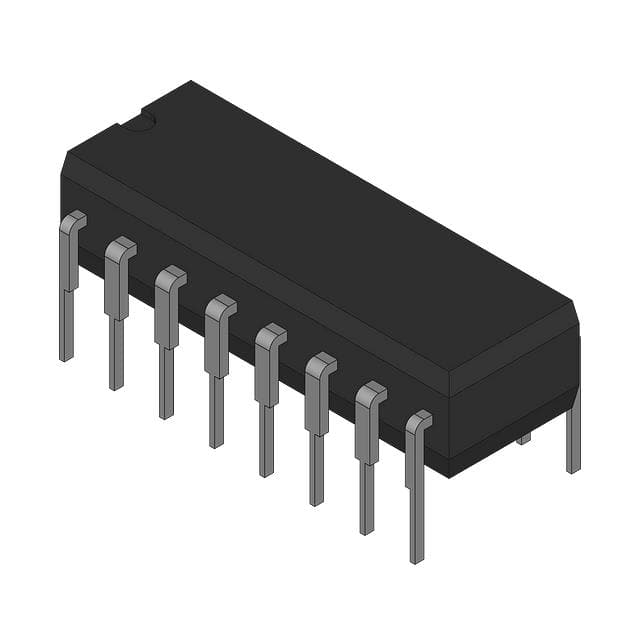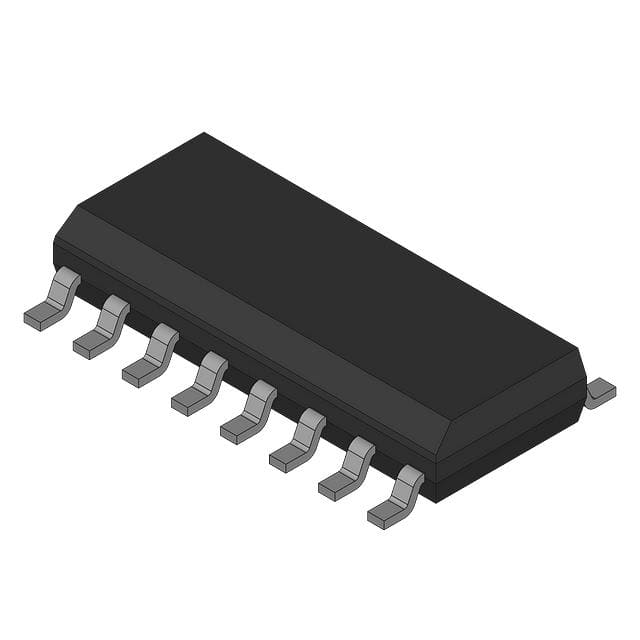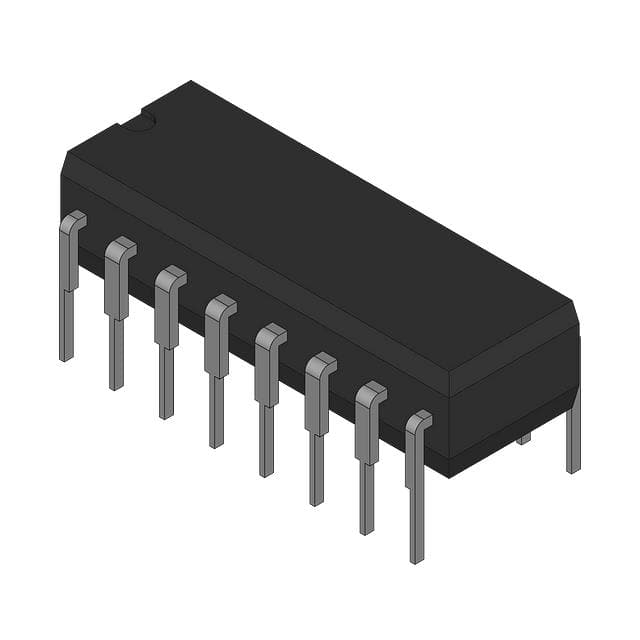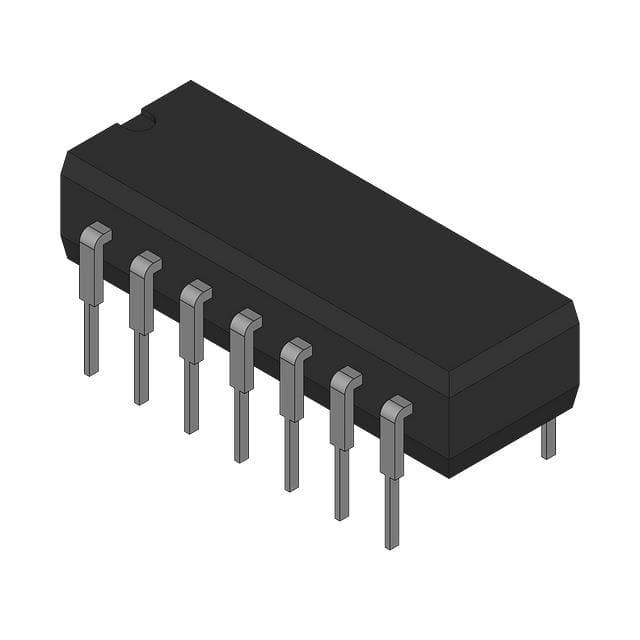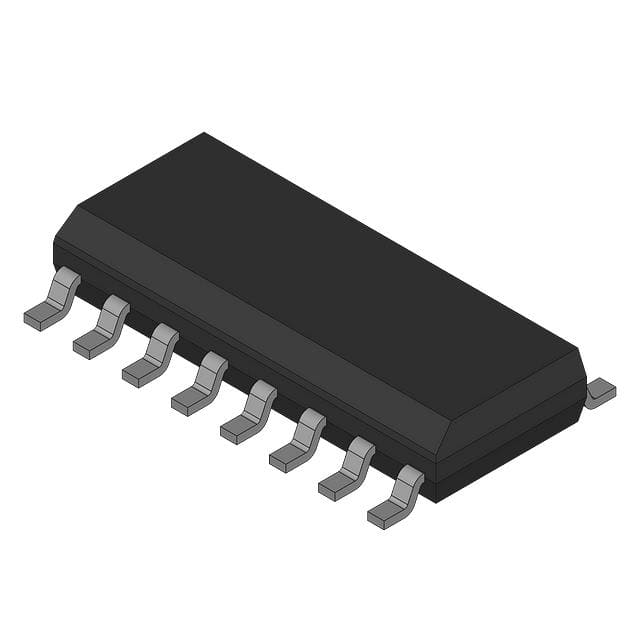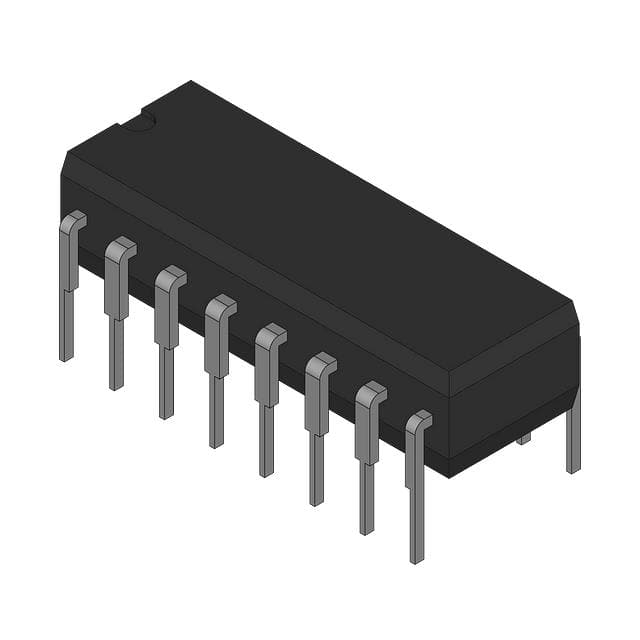DS96174N Product Introduction:
Rochester Electronics, LLC Part Number DS96174N(Interface - Drivers, Receivers, Transceivers), developed and manufactured by Rochester Electronics, LLC, distributed globally by Jinftry. We distribute various electronic components from world-renowned brands and provide one-stop services, making us a trusted global electronic component distributor.
DS96174N is one of the part numbers distributed by Jinftry, and you can learn about its specifications/configurations, package/case, Datasheet, and other information here. Electronic components are affected by supply and demand, and prices fluctuate frequently. If you have a demand, please do not hesitate to send us an RFQ or email us immediately sales@jinftry.com Please inquire about the real-time unit price, Data Code, Lead time, payment terms, and any other information you would like to know. We will do our best to provide you with a quotation and reply as soon as possible.
Introducing the DS96174N, a cutting-edge product by Rochester Electronics, LLC. This advanced device is designed to revolutionize the electronics industry with its exceptional features and versatile application fields.
The DS96174N boasts a high-performance microcontroller, ensuring seamless and efficient operation. With its powerful processing capabilities, it can handle complex tasks with ease, making it ideal for a wide range of applications.
One of the standout features of the DS96174N is its extensive memory capacity. With ample storage space, it can store large amounts of data, enabling users to run resource-intensive applications without any hiccups. Additionally, its lightning-fast data transfer speeds ensure quick and reliable communication between devices.
The DS96174N is also equipped with advanced security features, providing users with peace of mind. Its robust encryption algorithms and secure boot capabilities protect sensitive data from unauthorized access, making it an excellent choice for applications that require stringent security measures.
This versatile product finds applications in various fields, including industrial automation, automotive systems, and consumer electronics. Whether it's controlling complex machinery, managing vehicle systems, or powering smart home devices, the DS96174N delivers exceptional performance and reliability.
In conclusion, the DS96174N by Rochester Electronics, LLC is a game-changer in the electronics industry. With its powerful microcontroller, extensive memory capacity, advanced security features, and versatile application fields, it is the perfect choice for any project that demands high performance and reliability.
Interface - Drivers, Receivers, Transceivers are all important components in integrated circuits (ics) to achieve signal transmission. The driver interface is responsible for converting internal logic signals into signals suitable for long-distance transmission or driving external loads, ensuring signal integrity and stability. It usually includes signal amplification, level switching, and necessary protection circuits to match the electrical requirements of different systems. The receiver interface, by contrast, receives an external signal, converts it to an internal logic level, and performs noise suppression and signal integrity checks to ensure that data is transmitted accurately to the internal circuit. The transceiver interface is a combination of driver and receiver, which can realize the transmission and reception of signals on the same device. It usually includes transmitting and receiving subsystems, transmitting part is responsible for signal generation, modulation and amplification, receiving part is responsible for signal reception, demodulation and processing.
Application
Interface - Drivers, Receivers, Transceivers are widely used in various high-speed communication and signal processing occasions. In network devices such as data centers, servers, and switches, they are key components to implement high-speed interface protocols such as high-speed Ethernet and Fibre Channel. In the field of consumer electronics, such as smartphones, tablets, HDTVS, etc., these interfaces support HDMI, USB, DisplayPort and other high-definition audio and video transmission standards, providing excellent audio and video experience. In addition, in industrial automation, automotive electronics, aerospace and other fields, these interfaces also play an important role in enabling reliable communication and precise control between devices. With the rapid development of the Internet of Things (IoT) and 5G communication technology, the application field of driver interface, receiver interface and transceiver interface will be further expanded, providing powerful communication support for more intelligent and interconnected devices and systems.
FAQ about Interface - Drivers, Receivers, Transceivers
-
1.
What is a transceiver IC?
A transceiver IC is an integrated circuit that is mainly used to realize the sending and receiving functions of signals. It can be used in different communication systems. According to the specific application scenario, the transceiver IC can realize the conversion between electrical signals and optical signals and radio frequency signals.
The specific types of transceiver ICs include optical transceiver chips and radio frequency transceiver chips. Optical transceiver chips are mainly used in optical fiber communication systems to realize the conversion between optical signals and electrical signals. They are the basic chips of the physical layer of optical fiber broadband networks. Radio frequency transceiver chips are used in radio communications. As a "translator" between radio waves and digital signals, they realize the conversion between baseband signals and radio frequency signals. They are widely used in 5G base stations, industrial Internet, Internet of Vehicles and other fields.
-
2. What are transceivers used for?
Transceivers are mainly used to convert digital signals into optical signals or electrical signals for data transmission in computer networks. The transceiver consists of two parts: a transmitter and a receiver. The transmitter converts the digital signal into an optical signal or an electrical signal and sends it to the network, while the receiver converts the received optical signal or electrical signal back into a digital signal for computer processing.
The working principle of the transceiver is based on photoelectric conversion and electro-optical conversion technology. At the transmitting end, the transceiver converts the digital signal into an optical signal or an electrical signal and transmits it to the remote device through modulation technology; at the receiving end, the transceiver converts the received optical signal or electrical signal back into a digital signal through demodulation technology for local device processing.
The application scenarios of transceivers are very wide, including local area networks, wide area networks, wireless networks, satellite communications, optical fiber communications, robots and IoT devices. They are widely used in computer networks, communication equipment, industrial automation and other fields to realize data transmission and communication between different devices.
-
3. What is the difference between a transmitter and a transceiver?
The core difference between a transmitter and a transceiver lies in their functions and uses. The transmitter is mainly responsible for converting electrical signals into optical signals and transmitting them through optical fibers; while the transceiver has both transmitting and receiving functions, which can convert electrical signals into optical signals for transmission and also convert optical signals into electrical signals for reception.
The transmitter is usually composed of an optical transmitting module, whose function is to convert electrical signals into optical signals and transmit them through optical fibers. It is mainly used to connect devices that need to send data, such as computers, servers, etc. 12. The transceiver contains two modules, optical transmitting and optical receiving, which can complete the two-way transmission of signals, and can both send and receive data.
 Lead free / RoHS Compliant
Lead free / RoHS Compliant



